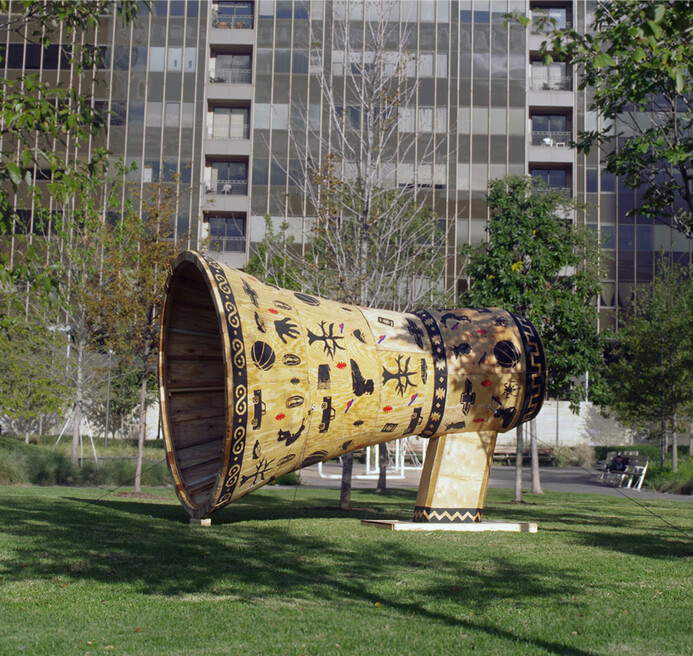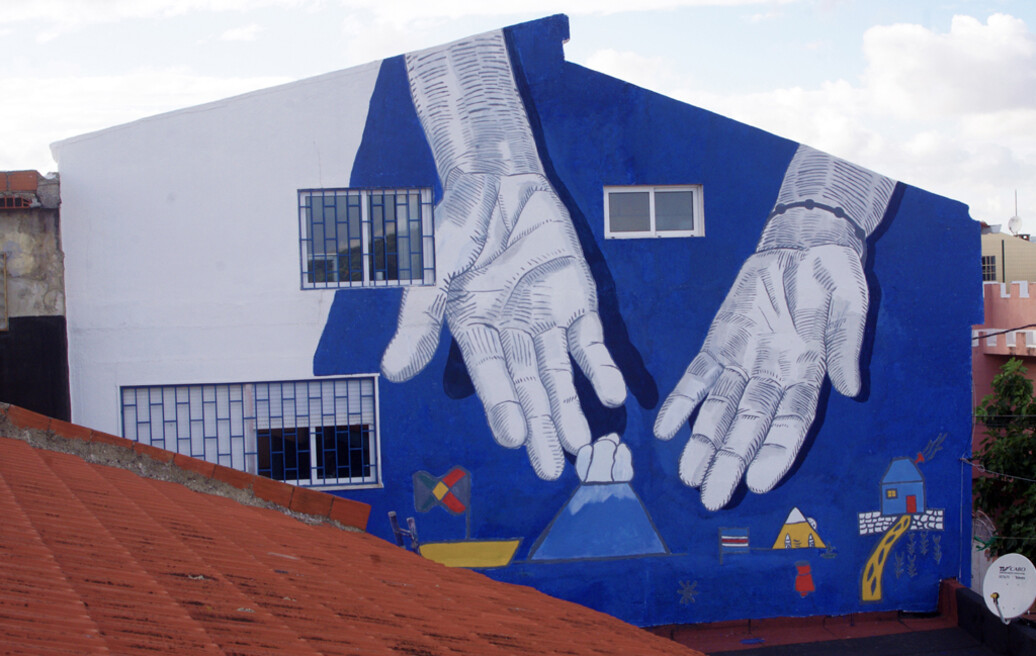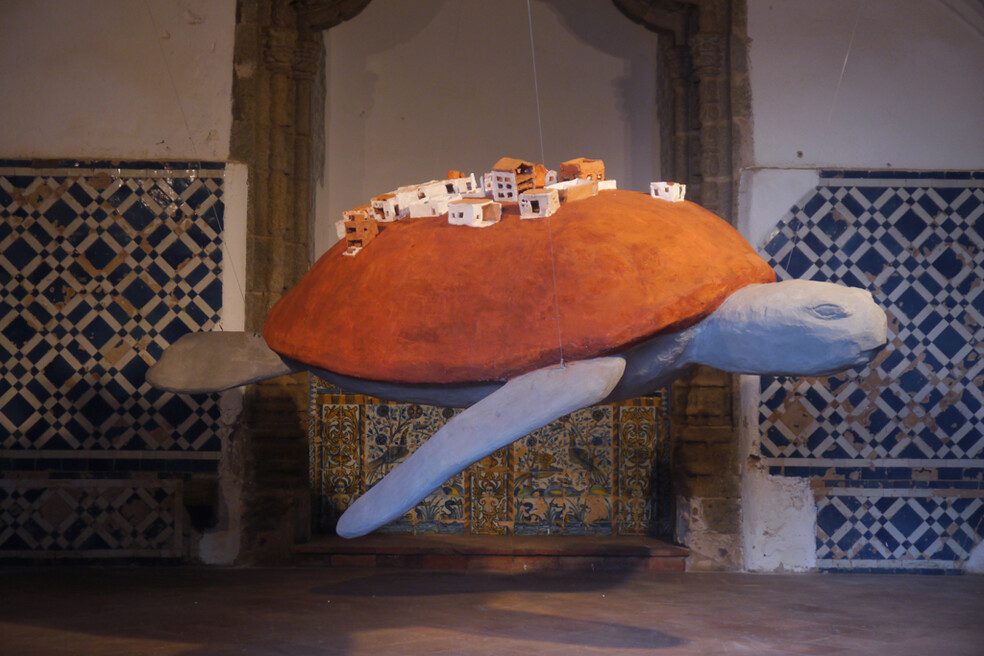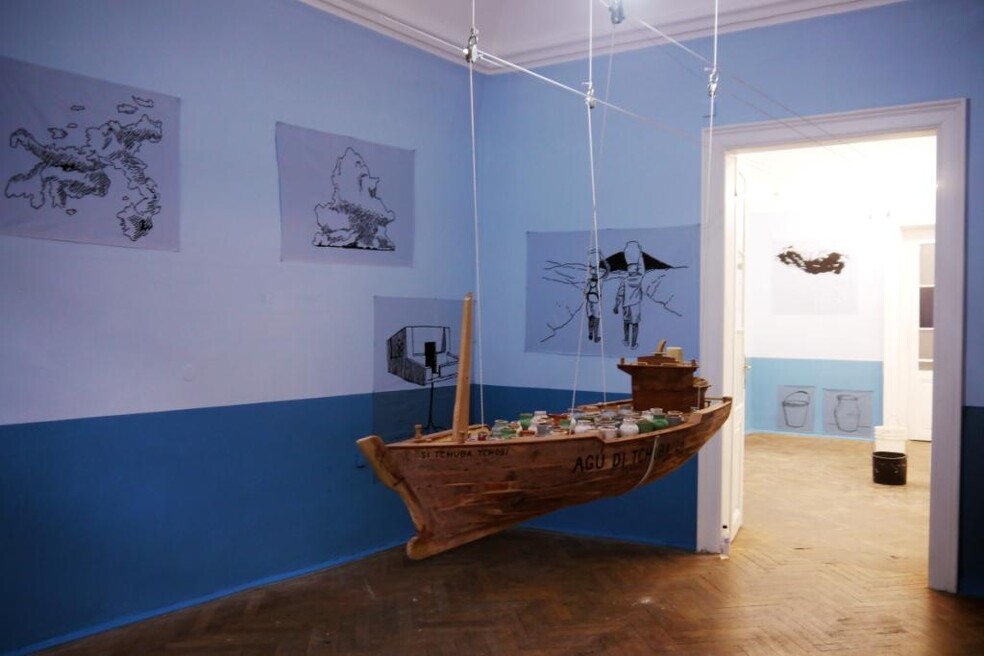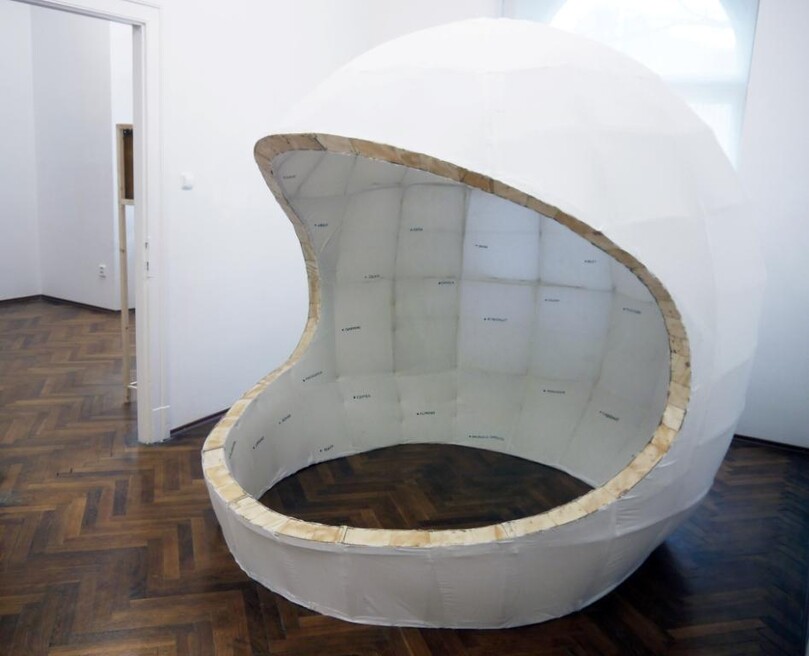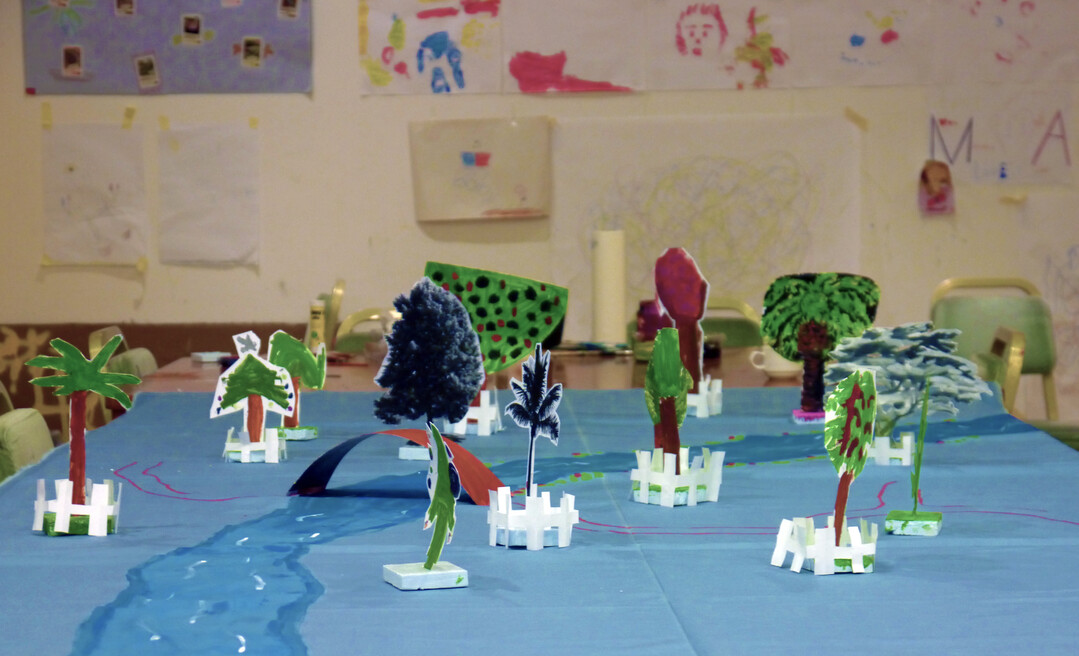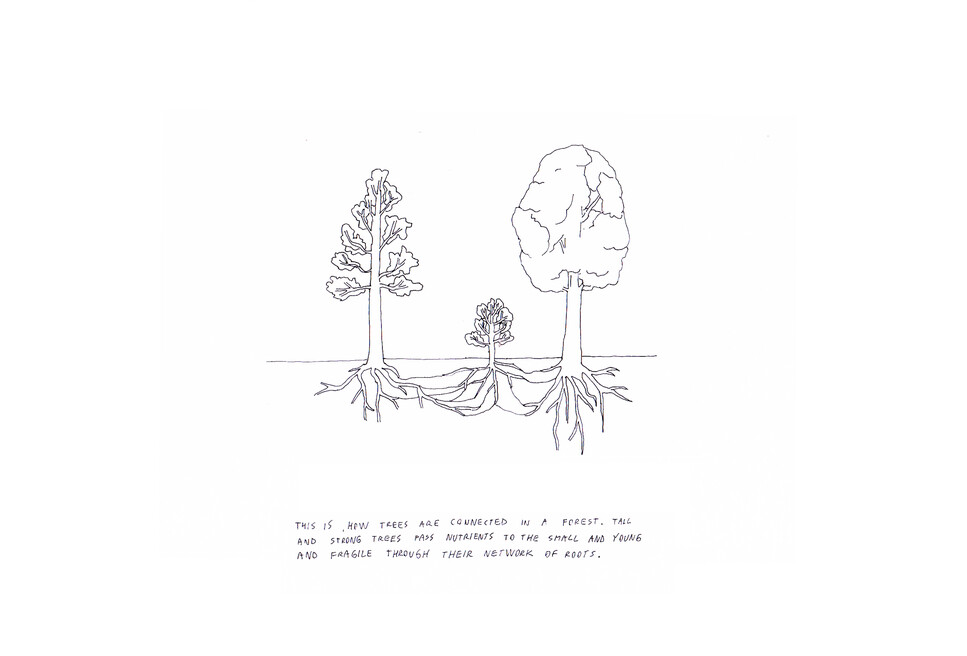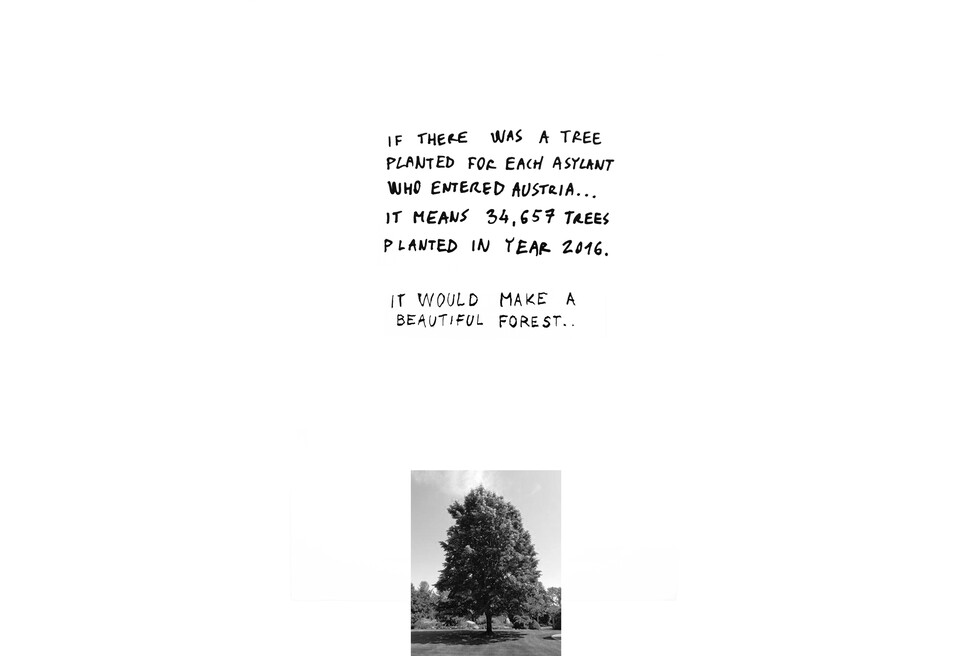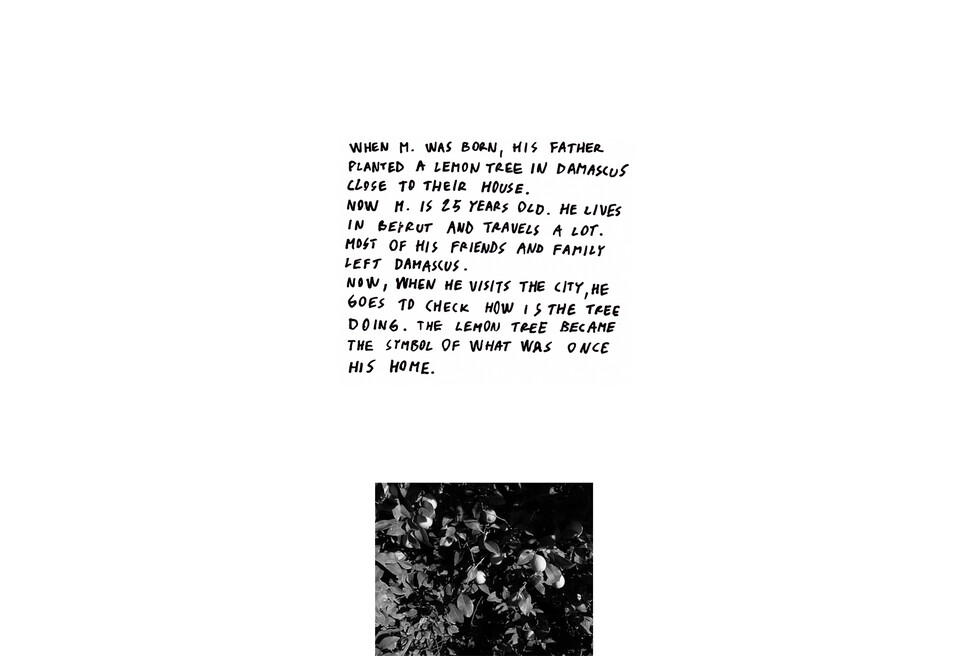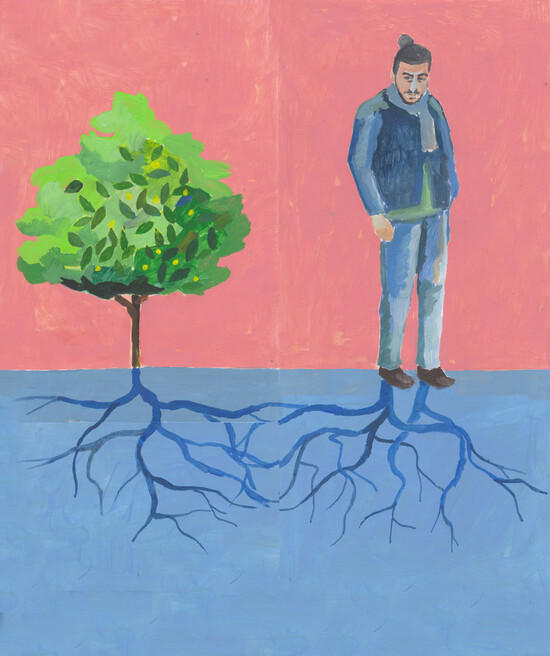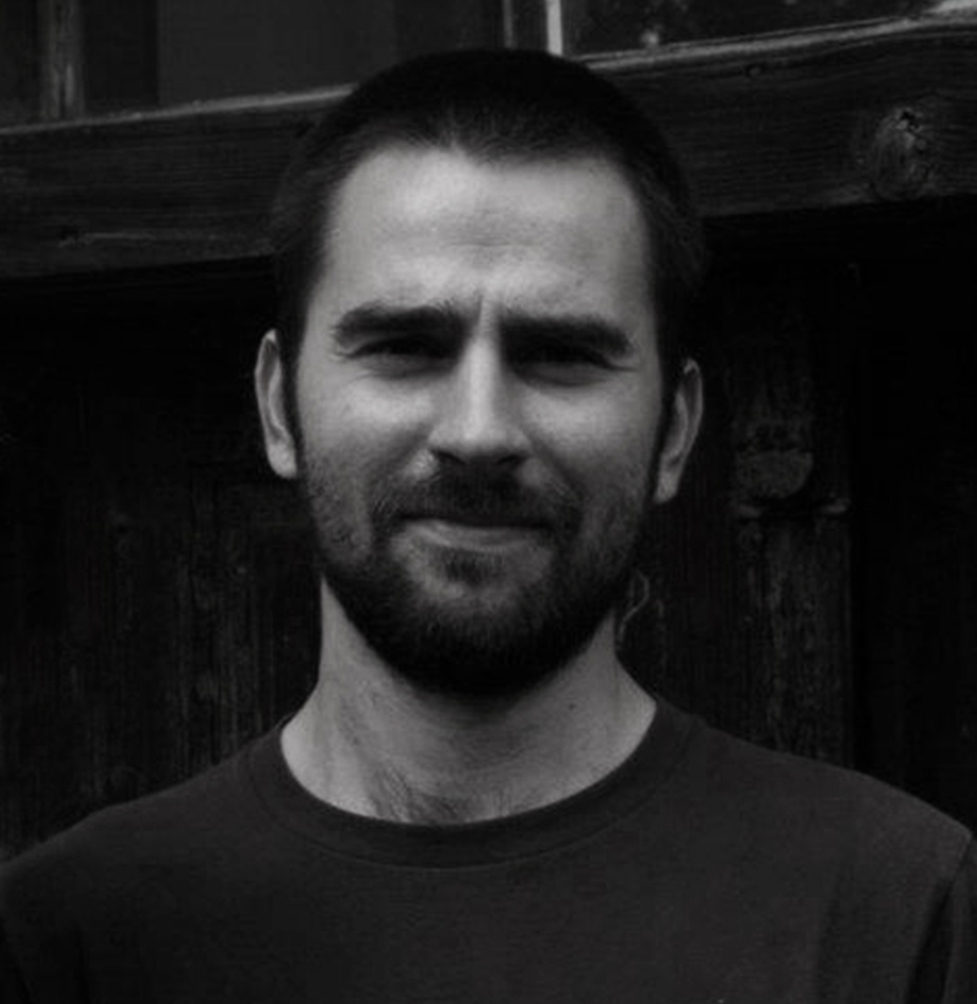Oto Hudec
area: Multi-media Art
Key Facts
nationality
Slovakiaarea
Multi-media Artresidence
Bratislavarecommending institution
tranzit.org/ERSTE Stiftungtime period
November 2016 - November 2016Multi-media artist Oto Hudec was born in Košice, Slovakia and he created his recent work in USA, South Korea, Cabo Verde, Portugal, Spain and Slovakia. His paintings, drawings and prints explore both personal and social themes. He also creates video, animations, sculptures and works for public spaces about immigration, refugees and the impact of globalization on the environment.
Oto Hudec graduated as PhD of Fine Arts and Design, Bratislava, Slovakia. He is a member of creative team MAP - Make Art with Purpose, an international platform for art that creates change. He is represented by Gandy gallery.
He lives in Bratislava and Košice.
SOLO SHOWS
2015, „Archipelago“, Oficinas do Convento, Montemor-o-novo, Portugal
2014, „Nor Tortoise Shell nor Blades of Grass“, MMCA Chang Dong National Art Studio, Seoul, South Korea
2013, „Nomadia”, Mutuo Espaco de Arte, Barcelona, Spain
2012, “Nomadia”, Gandy Gallery, Bratislava, Slovakia
“Corn Song/Kukuričná pieseň”, Nitrianska Galéria, Nitra, Slovakia
“Spáči/Sleepers”, Nástupište 1-12, Topoľčany, Slovakia
“Tales from the Other Seas”, Espaço Gesto, Porto, Portugal
2011, “Traffic Jam”, Miscelanea space, Barcelona, Spain
2009, “Paradise in state of emergency”, Kubikgallery, Porto, Portugal
GROUP SHOWS
2015, „RESET 2015 / Trienále malého objektu a kresby“, Galéria Jozefa Kollára, Banská Štiavnica, Slovakia
2014, “Časť bez účasti“, Galéria Medium, Bratislava, Slovakia
“Comitted to Change”, Tranzit, Bratislava, Slovakia
“Reinterpretácia skutočnosti“, Slovak National Gallery, Bratislava, Slovakia
“Dve krajiny”, Slovak National Gallery, Bratislava, Slovakia
“#underthestars”, Knoll Gallerie, Vienna, Austria
“ Other Forms of Relations”, MMCA Chang Dong National Art Studio, Seoul, South Korea
2013, “Projekt Karavan”, SPOTs, Košice, Slovakia
“Nomadia”, Mutuo espaco de arte, Barcelona, Spain
“Instrument for Listening”, Make Art with Purpose triennal, Dallas, USA
“Union of Hovels”, Venice, Italy
2012, “Cena Oskára Čepana”, (finalista), Galéria Umelka, Bratislava, Slovakia
“Frejm baj Frejm”, Galerie TIC, Brno, Cyech Republic
2011, “Voices from the Center”, threewalls gallery, Chicago, USA
2009, “Bienal Mercosul”, Santander Cultural, Porto Alegre, Brazil
RESIDENCIES
2015, Oficinas do Convento, Montemor, Portugal
2014, National Art Studio, Chang Dong, Seoul, South Korea
Periférne centrá, Dúbravica, Slovakia
2013, Central Trak, Dallas, USA
2011, threewalls gallery, Chicago, USA
I would like to propose a work on these issues, something, which I am working on in different locations for a longer time, with a specific perspective of an artist. The work will consist of visiting institutions and NGO's dealing with refugees and immigrants, visiting immigrant's neighborhoods in Vienna and people of Czechoslovak origin that moved to Austria before fall of socialism. Instead of typical video documentary, I would like to create a sort of visual puzzle based on drawings, animations, interviews and texts and possibly murals or music pieces which can turn to an improvisational guide for viewer. These pieces might come from a more physical then virtual experience of walking through the streets, observing and participating in activities and workshops.
This work could be a way to see these (in present time very complicated) issues in different light, through the eyes of a foreigner. On the other hand, my determination is to bring the results of this work over the border to Slovakia- to strengthen the view of Slovak spectators over the subject.
Given my experiences with participatory art with mostly young people in immigrant and gypsy communities, this work might extend into workshops in currently created Syrian refugee camps, which might stay as a separate voluntary activity, or become part of the project, in respect towards the people, their privacy and fragile situation and Austrian regulations in the camps.
Given the lack of prevision for immigration and refugee situation in the next year, this project is and will be based on improvisation, observation, getting to know, rather than proposing a definitive art piece, location, or community.
Although I lived for many years in Bratislava and visited Vienna occasionally, it was still an unknown territory to me. I took the time at Q21 residency as a way to discover the town behind it's surface – through the lenses of a specific theme: the life of refugees and people who helped them while they were getting accustomed to their new environment.
During my stay I made a series of interviews with these people and a workshop with kids and families in Hotel Favorita, a refugee shelter. I worked with an idea of trees in the forest – where the stronger and taller trees support the weaker and younger by passing the nutrients through their roots. Instead of a group of individualities, a forest acts as an interconnected community. In 2015, when large number of refugees entered Austria, many Viennese reacted with solidarity. Now, in 2016, facing complicated elections, I was looking, what stayed active from this solidarity. I was also curious, what kind of help is offered to the refugees to adapt and be part of Austrian society.
When I told about my idea of the trees in the forest to a friend of mine, an artist from Damascus, living in Beirut, he told me his story about a lemon tree, that his father planted when he was born. When he visits Damascus today, he always goes to see the tree.
It would be a beautiful utopia, if for each refugee who asks for asylum in Austria (or elsewhere), a tree would be planted. It would remind us, that these people, who once entered the country after perilous journey are still here, becoming part of the society, slowly spreading their roots. Because the adaptation process doesn't end up with receiving an asylum.
During November in Vienna I collected video, photo and audio material, adding drawings and small paintings. This material is waiting to be edited. At the end I would like to make a publication mixing texts, paintings and photos: a report on a city in particular, decisive time and on people who did not give up.
